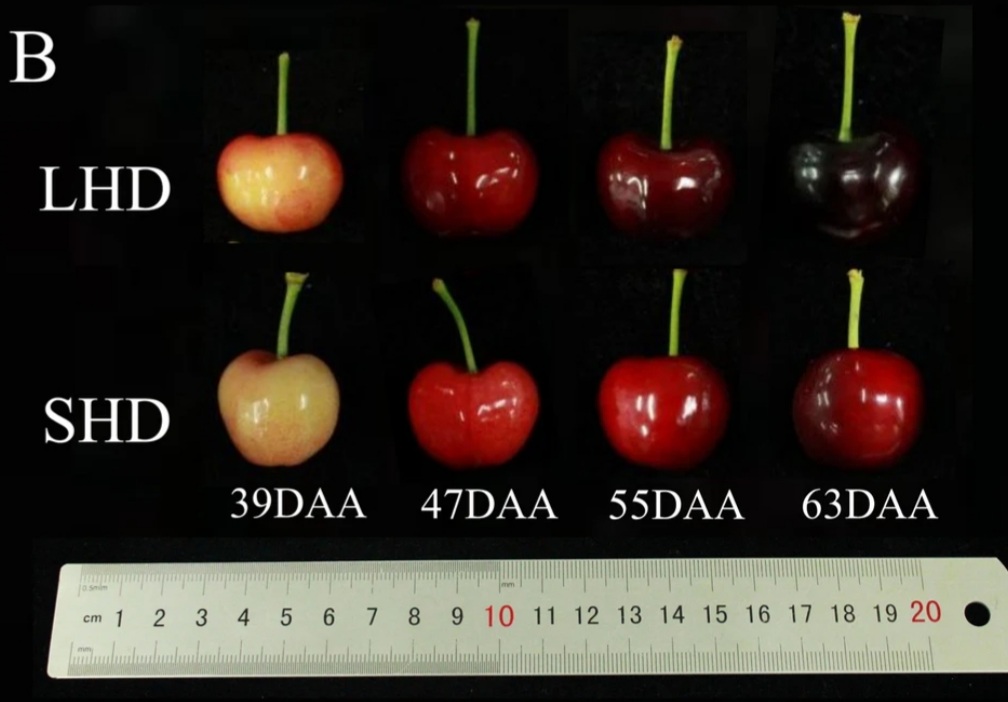In an era when new plant varieties and species attract much of the attention, it is worth turning our gaze to a silent yet familiar protagonist of our landscape: Prunus avium, better known as the sweet cherry.
An Ancient Tree
Prunus avium is a native species that has been present for centuries in our natural and rural environments.
In spring, it offers spectacular white blossoms, an irresistible attraction for bees and pollinators.
With the arrival of summer, its fruits – sweet cherries – delight not only humans but also wildlife.
A Pillar of the Ecosystem
This tree is not merely an ornamental presence: it is a living micro-habitat.
Birds, insects, and small mammals find in the sweet cherry food, shelter, and protection.
At the same time, it provides natural shade and helps keep the landscape vibrant and welcoming for those who inhabit it.
Tradition and Sustainability
Choosing to plant a Prunus avium means investing in biodiversity and preserving a botanical heritage with historical and cultural value.
There is no need to always chase novelty: often the strength lies in what we have always known.
If positioned correctly, the sweet cherry grows easily even in variable climate conditions.
Its contribution to a more resilient ecosystem makes it an ideal choice for those seeking beauty, utility, and sustainability in a single plant.
ID of Prunus
| Latin name | Prunus avium |
|---|
| Common name | sweet cherry, wild cherry |
|---|
| Tree/plant type | deciduous tree |
|---|
| Height (mature plant) | 15–25 meters |
|---|
| Crown shape and structure | broad oval or rounded crown |
|---|
| Bark | reddish-brown, horizontally striped |
|---|
| Leaf type and color | deciduous, simple; dull green, oval, 6–15 cm, finely serrated; autumn color yellow-red |
|---|
| Flowers | simple white flowers in clusters; blooms in April |
|---|
| Fruits | dark red or black cherries 1–1.5 cm; edible |
|---|
| Toxic | no |
|---|
| Soil type | deep, fertile soils; suitable for clay, loam, sandy, and calcareous soils |
|---|
| Pavement suitability | not suitable for pavement |
|---|
| Cold hardiness | withstands temperatures down to -35 °C |
|---|
| Wind resistance | fairly wind resistant |
|---|
| Uses | parks, green spaces, wide avenues, landscape plantings, large gardens |
|---|
| Origin | Europe |
|---|
Source: cgconcept.fr
Cherry Times - All rights reserved












